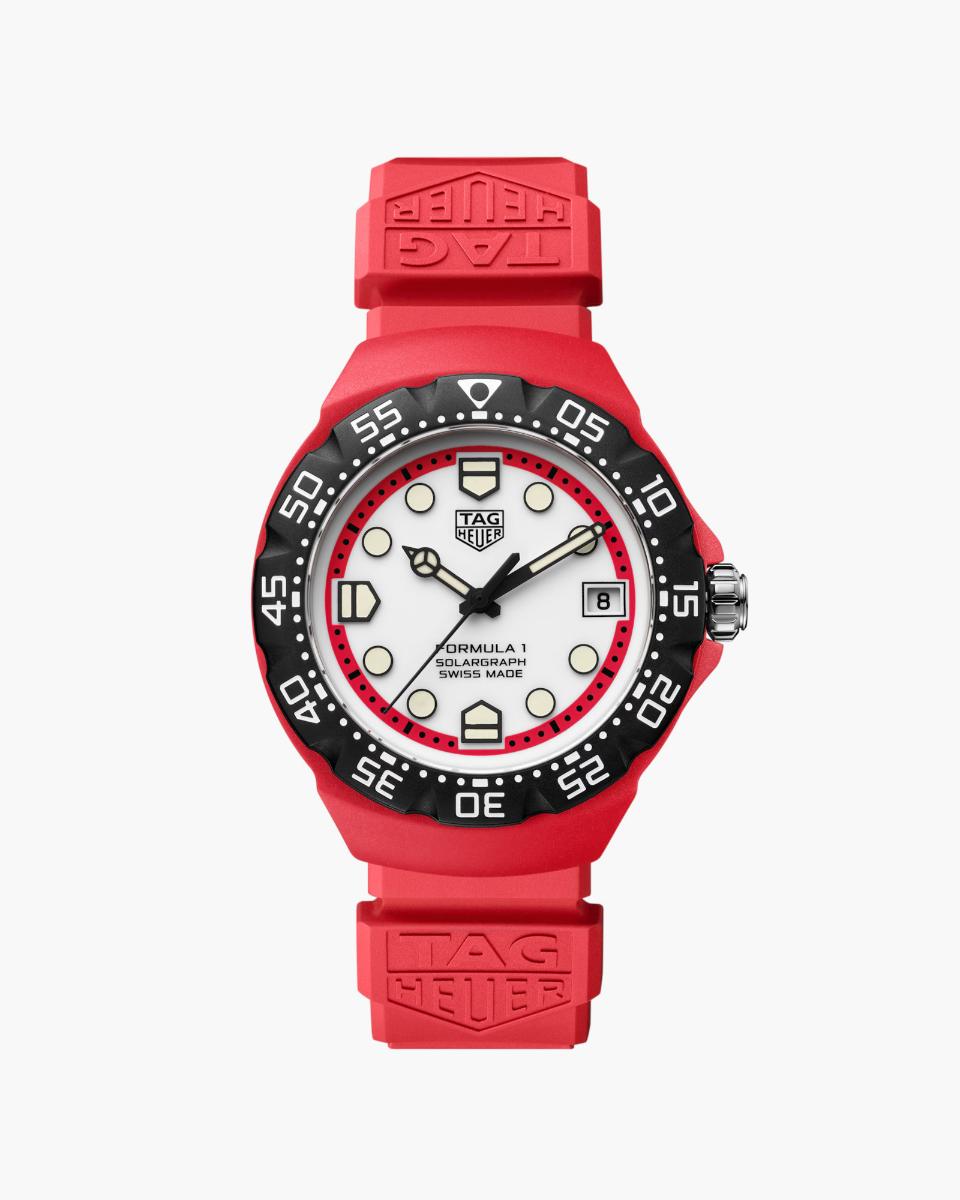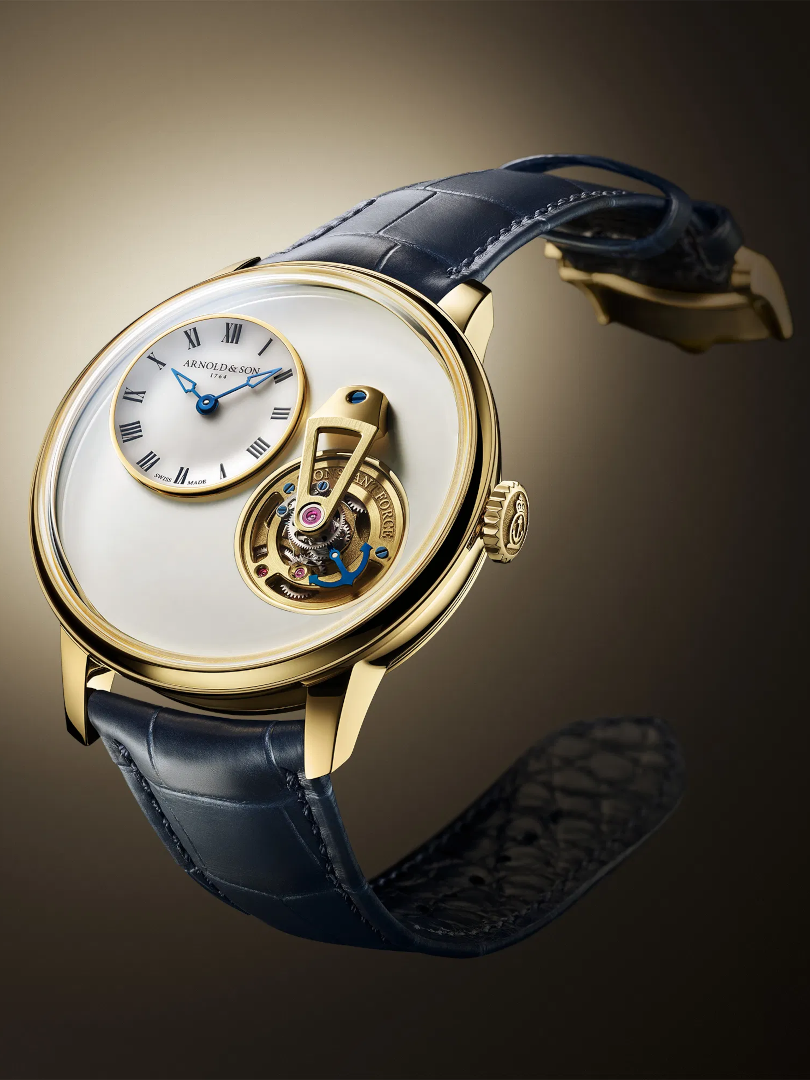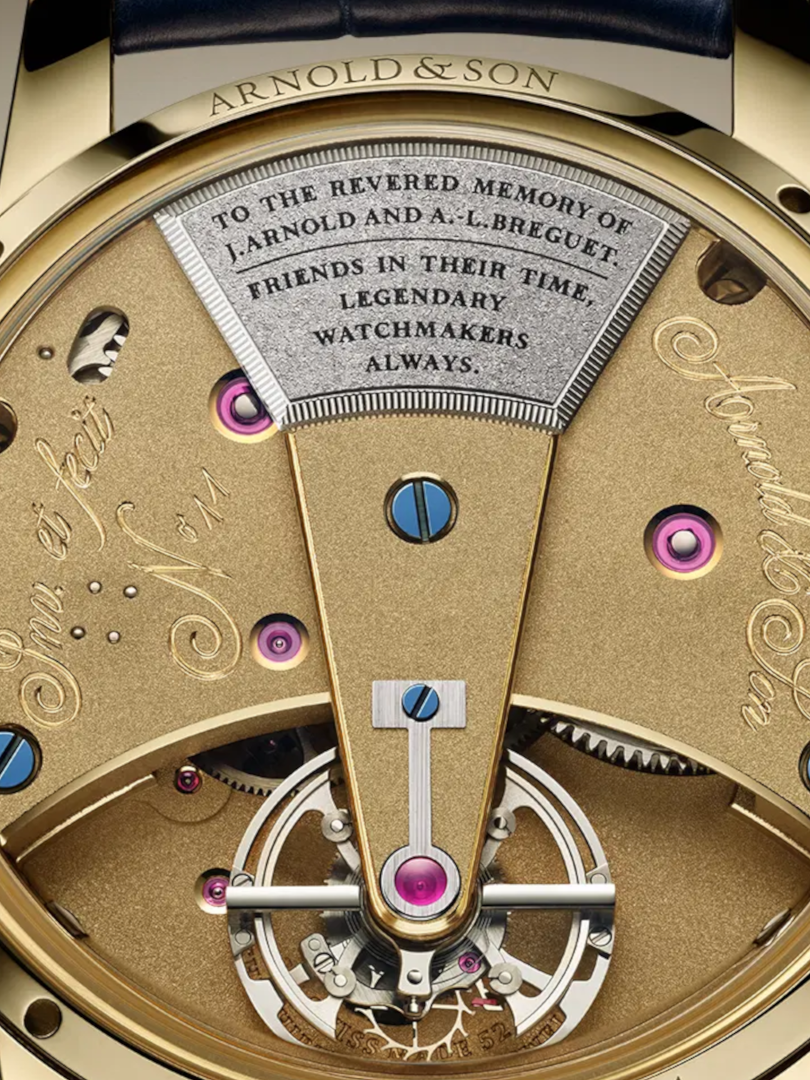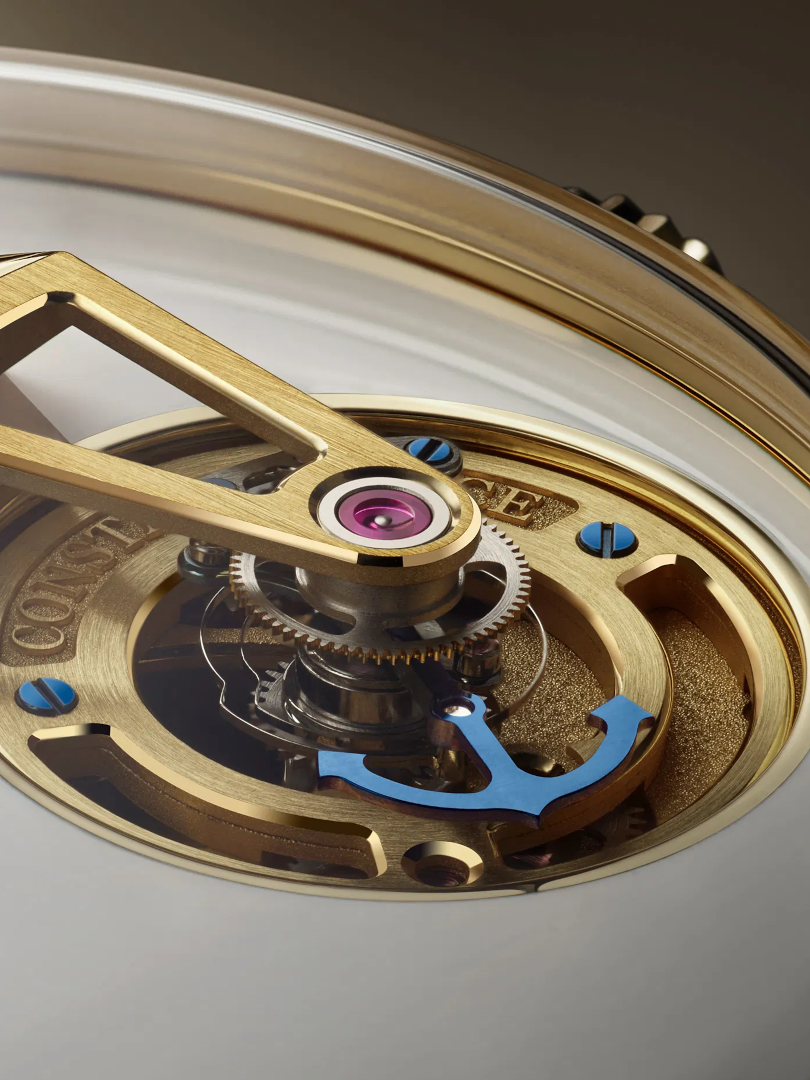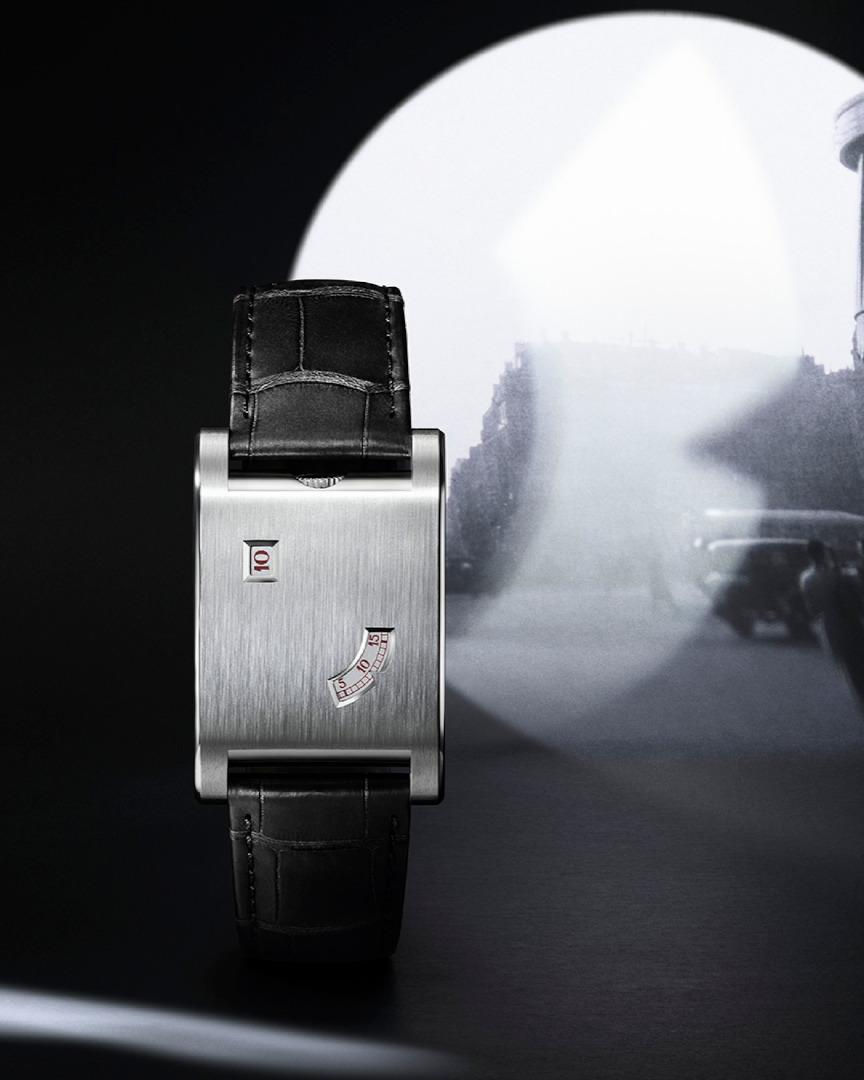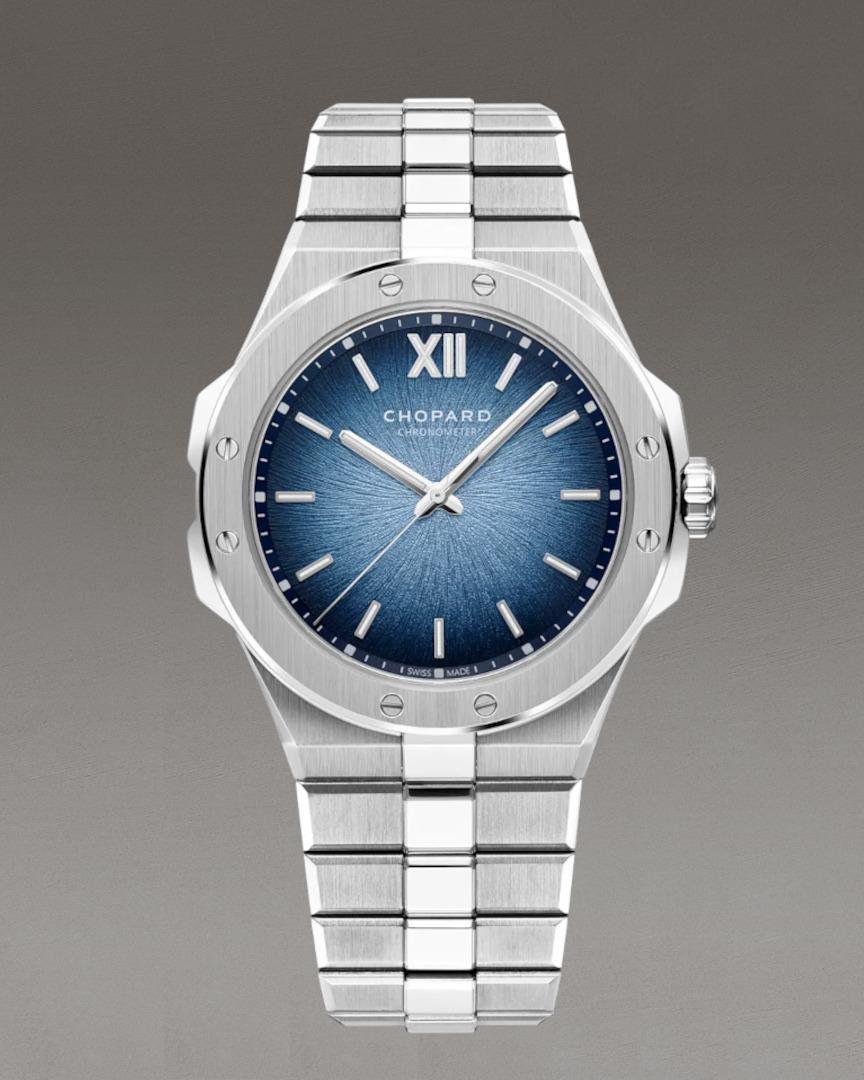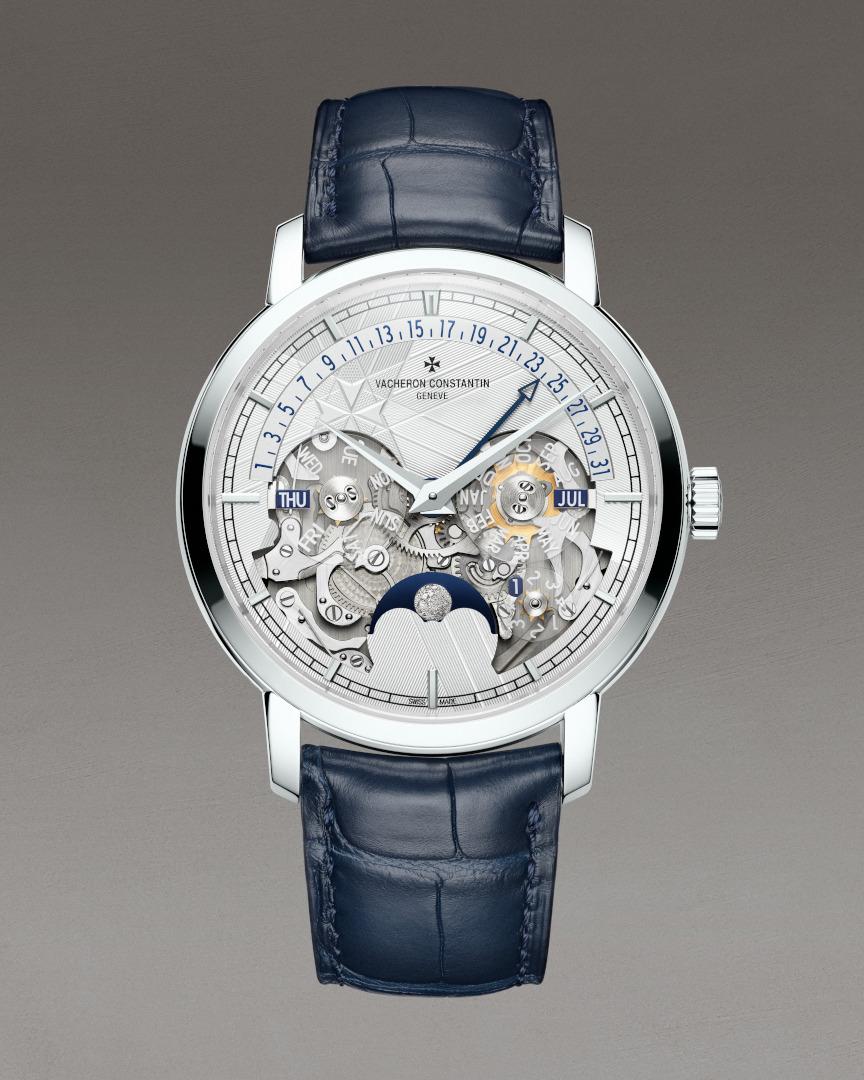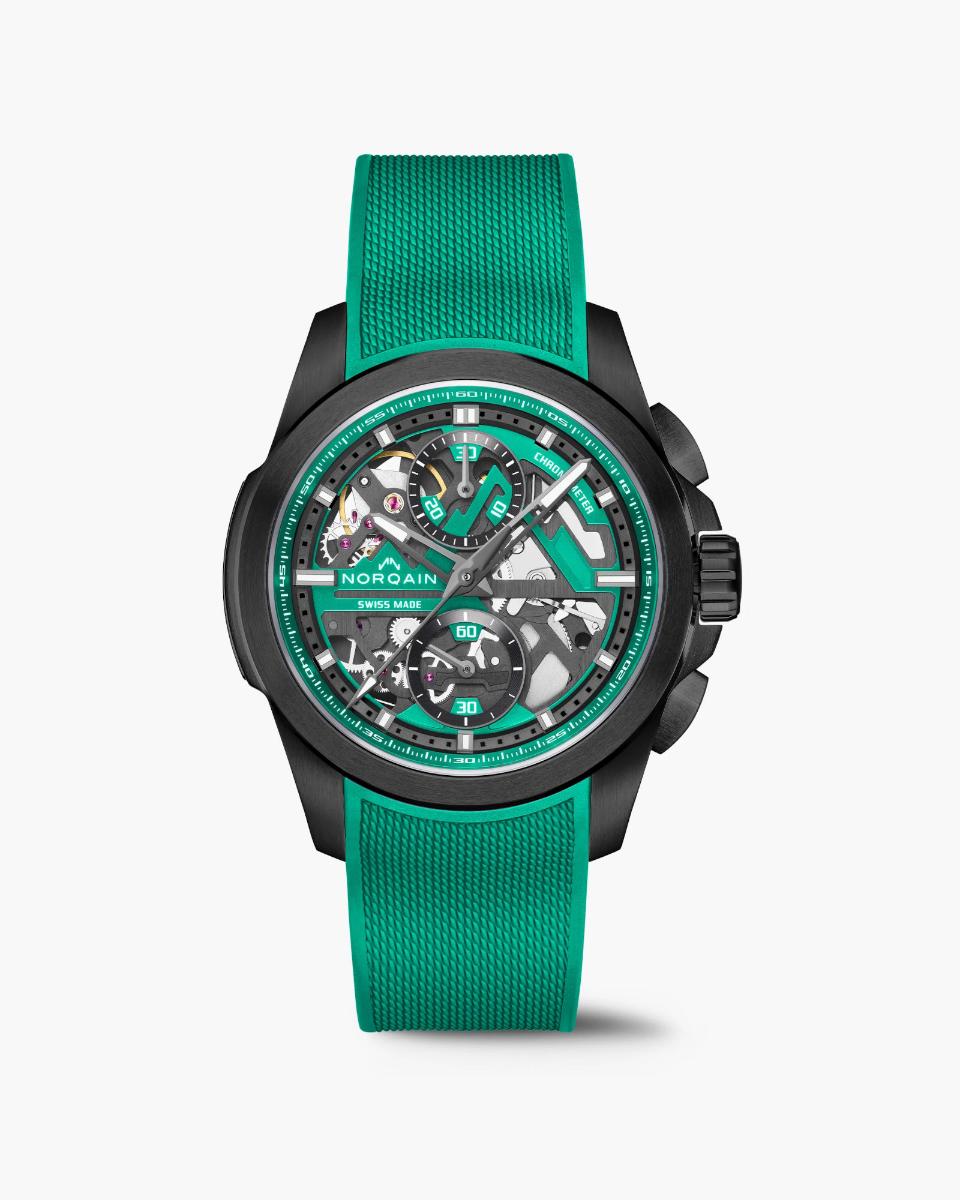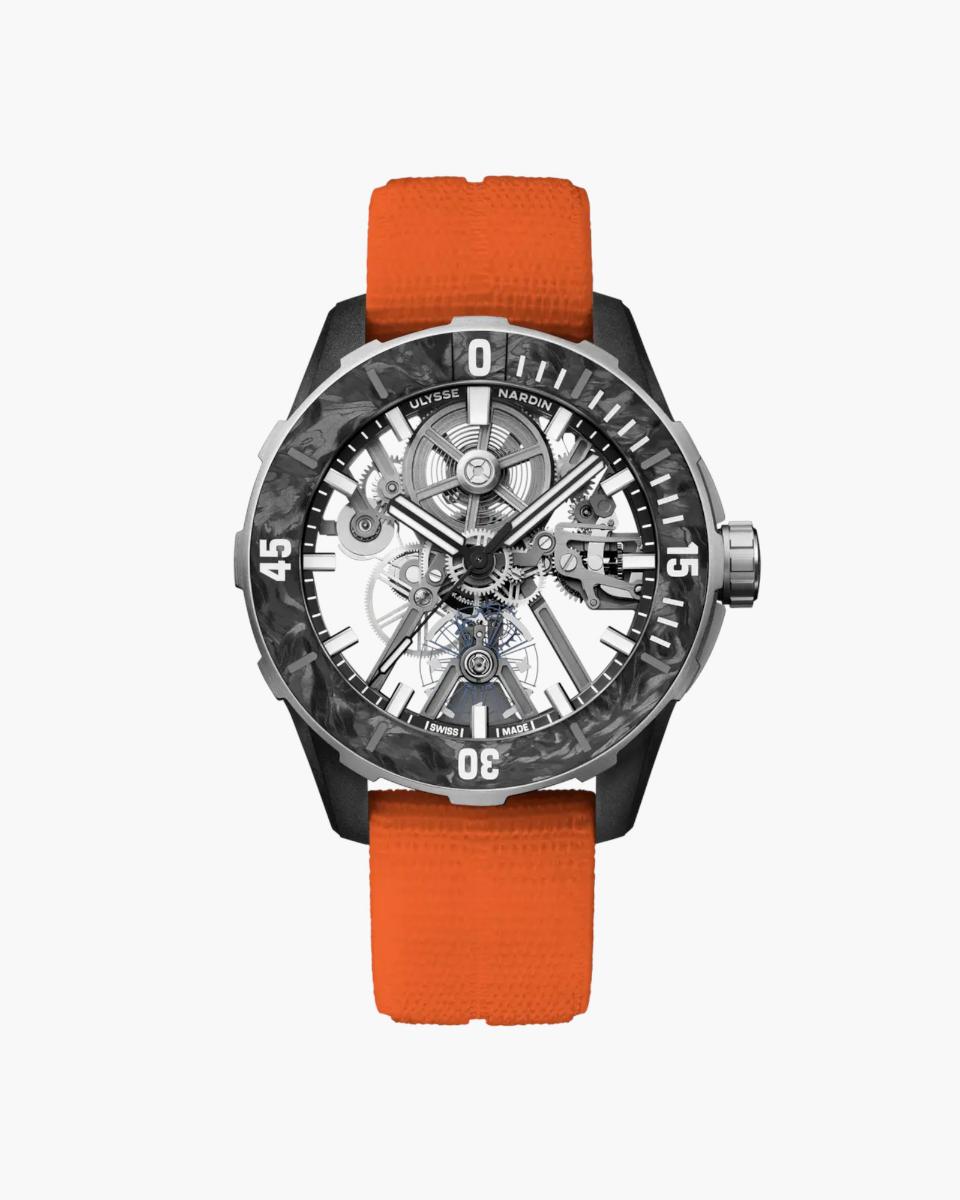During the golden age of the pocket timepiece, watchmakers rarely fretted over which material they should use to case their mechanisms. It’s a different matter today. Materials engineering has turned the watch’s exterior into an object for quasi scientific scrutiny, be this to adapt the watch to the multiple environments where it will be worn or to satisfy new requirements in terms of design, architecture and transparency. Omnipresent just a few decades ago, yellow gold has become synonymous with eras past. A watch in a coat of gold (75%), silver (12.5%) and copper (12.5%) exudes the vintage influence that has been cresting over recent years. Accordingly, Arnold & Son presented its Constant Force Tourbillon 11 at Watches and Wonders Geneva 2025 in a yellow gold livery, powered by a movement inspired by the first tourbillon made by Abraham-Louis Breguet in 1808, based on a chronometer movement by John Arnold.
WATCHES AND WONDERS 2025. WATCHES AND WONDERS 2025. WATCHES AND WONDERS 2025. WATCHES AND WONDERS 2025. WATCHES AND WONDERS 2025
MATERIALS. MATERIALS. MATERIALS. MATERIALS
Watchmaking’s future is a material matter
by Christophe Roulet
Steel remains a frontrunner but has competition from other materials, as illustrated by the new releases at Watches and Wonders Geneva 2025. Yellow gold continues to dominate vintage styles while platinum retains its air of exclusivity. This year’s breakouts are proprietary alloys and “smart” materials.
Prestige platinum
Alongside yellow, white and rose gold, the number of proprietary alloys has grown, some engineered for greater hardness, others to achieve a particular warmth or colour. Omega has its Sedna GoldTM and Moonshine GoldTM; Hublot’s alchemists have produced Magic Gold and King Gold; Montblanc has developed Lime Gold while the Honeygold that sweetens A. Lange & Söhne’s latest Odysseus is twice as hard as conventional yellow gold. This expanding palette confirms one of the year’s trends, namely to replace steel with the considerably greater prestige of this precious metal. IWC with its Ingenieur, Chopard and its Alpine Eagle 33 and Patek Philippe with its Cubitus have done just that.
However, when it comes to prestige, nothing surpasses platinum. Naturally white, harder and more wear-resistant than gold, brands typically reserve platinum for their most exclusive collections, such as the exceptional Openface trilogy with guilloché dials which Vacheron Constantin presented in its Traditionnelle line, ensuring its 270th anniversary shines. Judging by the number of platinum models lining the aisles at Watches and Wonders, brands have much to celebrate this year. Cartier is a case in point. Each year its Cartier Privé collection showcases a classic design from the brand’s vaults. This year, a 1928 version of the Tank à Guichets was given the platinum treatment. Chopard presented its standout model, the Alpine Eagle 41 XP CS, cased in platinum. Not forgetting Panerai, Parmigiani Fleurier, Patek Philippe, Zenith and Ferdinand Berthoud, all of which released platinum versions of their most iconic styles.
Trending titanium
If there is one metal that can give steel a run for its money, it has to be titanium. From the first ripples a couple of years ago, titanium is gathering force and was seen everywhere at Watches and Wonders, across brands and ranges. This ubiquity is helped by the ongoing popularity of sports watches, for which titanium is the partner of choice, appreciated for its light weight, strength and corrosion-resistance. Sophisticated at Speake Marin, feminine at Pequignet, extreme at Norquain and Bremont, titanium showed its full potential. Ceramic kept a much lower profile. Prominent at brands that have made ceramic a signature — Chanel has coloured the ceramic of its J12 blue while Hublot, an expert in the field, is marking the Big Bang’s 20th anniversary with red ceramic — it has yet to venture far from a small circle that includes Bell & Ross, IWC, TAG Heuer and Zenith.
The latest releases are evidence that brands are leaning into innovative materials, including metallic and non-metallic alloys, paving the way for “smart” materials. TAG Heuer introduces TH-Polylight, a lightweight bio-polyamide in multiple colours; Chronoswiss unveiled a red titanium composite; Ulysse Nardin paired recycled titanium with Nylo®-Foil, a combination of Nylo (recycled ocean netting) and upcycled carbon fibre, in the world’s lightest dive watch (52g including the strap); Parmigiani renders the case of its Tonda FP Chronograph in Ultra-Cermet, an ultra-resistant titanium/ceramic alloy in a similar vein to IWC’s Ceratanium, which the brand chose for its Pilot’s Shock Absorber Tourbillon and for its Pilot’s Performance Chronograph Perpetual Calendar. Welcome to the twenty-first century!
